Physiological and transcriptional analyses of developmental stages along sugarcane leaf
- PMID: 26714767
- PMCID: PMC4696237
- DOI: 10.1186/s12870-015-0694-z
Physiological and transcriptional analyses of developmental stages along sugarcane leaf
Abstract
Background: Sugarcane is one of the major crops worldwide. It is cultivated in over 100 countries on 22 million ha. The complex genetic architecture and the lack of a complete genomic sequence in sugarcane hamper the adoption of molecular approaches to study its physiology and to develop new varieties. Investments on the development of new sugarcane varieties have been made to maximize sucrose yield, a trait dependent on photosynthetic capacity. However, detailed studies on sugarcane leaves are scarce. In this work, we report the first molecular and physiological characterization of events taking place along a leaf developmental gradient in sugarcane.
Results: Photosynthetic response to CO2 indicated divergence in photosynthetic capacity based on PEPcase activity, corroborated by activity quantification (both in vivo and in vitro) and distinct levels of carbon discrimination on different segments along leaf length. Additionally, leaf segments had contrasting amount of chlorophyll, nitrogen and sugars. RNA-Seq data indicated a plethora of biochemical pathways differentially expressed along the leaf. Some transcription factors families were enriched on each segment and their putative functions corroborate with the distinct developmental stages. Several genes with higher expression in the middle segment, the one with the highest photosynthetic rates, were identified and their role in sugarcane productivity is discussed. Interestingly, sugarcane leaf segments had a different transcriptional behavior compared to previously published data from maize.
Conclusion: This is the first report of leaf developmental analysis in sugarcane. Our data on sugarcane is another source of information for further studies aiming to understand and/or improve C4 photosynthesis. The segments used in this work were distinct in their physiological status allowing deeper molecular analysis. Although limited in some aspects, the comparison to maize indicates that all data acquired on one C4 species cannot always be easily extrapolated to other species. However, our data indicates that some transcriptional factors were segment-specific and the sugarcane leaf undergoes through the process of suberizarion, photosynthesis establishment and senescence.
Figures

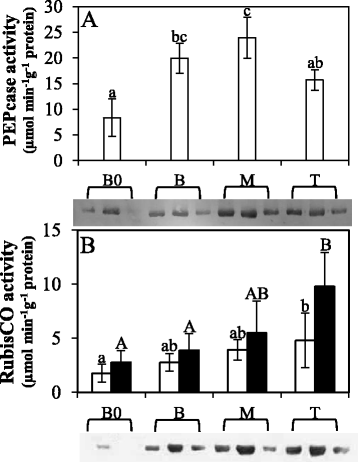
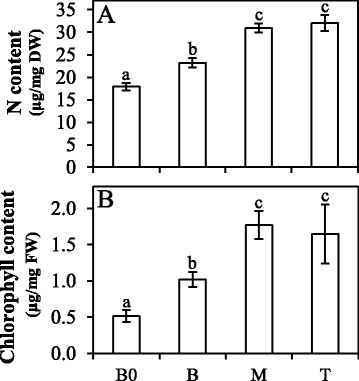
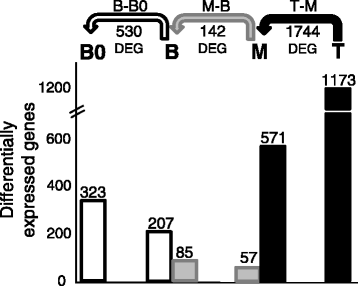
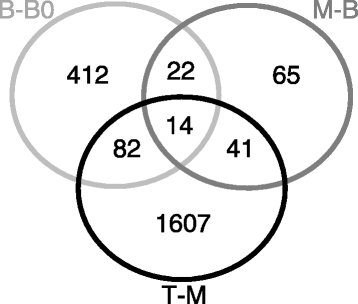
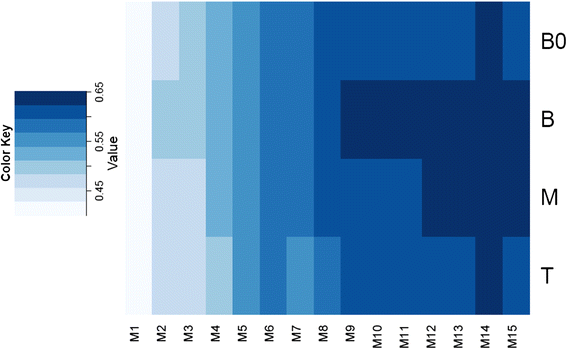
References
-
- Moore P. Temporal and spatial regulation of sucrose accumulation in sugarcane stem. Aust J Plant Physiol. 1995;22(4):69–80. doi: 10.1071/PP9950661. - DOI
-
- D’Hont A. Unraveling the genome structure of polyploids using FISH and GISH; examples of sugarcane and banana. Cytogenet Genome Res. 2005;109(1–3):27–33. - PubMed
Publication types
MeSH terms
Substances
Associated data
LinkOut - more resources
Full Text Sources
Other Literature Sources
Molecular Biology Databases
Miscellaneous

